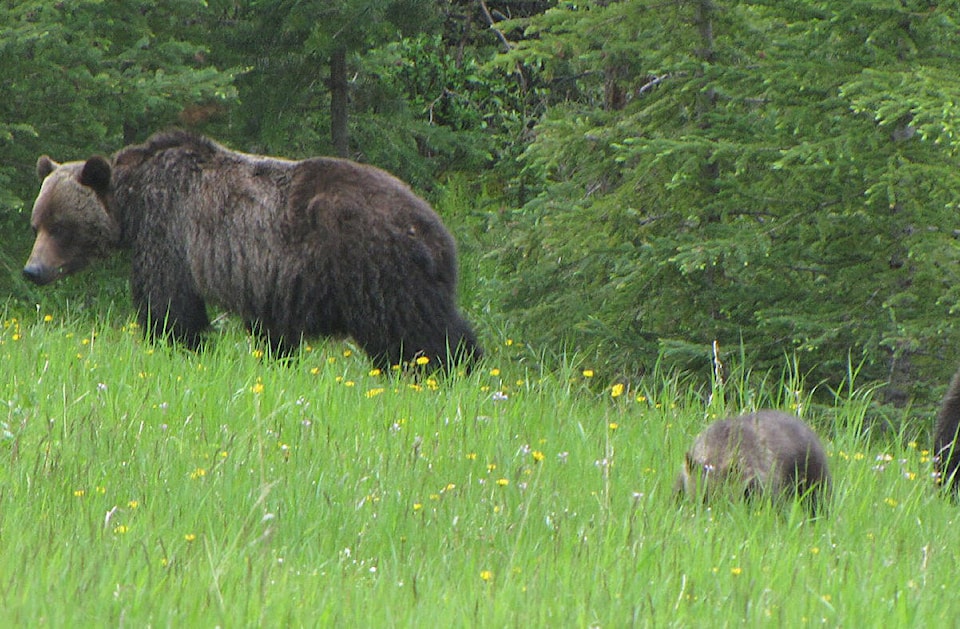Environmental groups on Thursday hailed a decision by the Biden administration to resume studying whether grizzly bears should be restored to the remote North Cascades ecosystem in Washington state.
The National Park Service and the U.S. Fish and Wildlife Service said they would jointly prepare an environmental impact statement on restoring the endangered bears to the North Cascades.
Hunters killed the bears off from the ecosystem long ago and restoration there will contribute to the general recovery of the endangered animals in the Northwest, the agencies said.
“This overturns the Trump administration’s rash termination of these plans,” said Andrea Zaccardi of the Center for Biological Diversity. “Without a helping hand, grizzly bears are likely to disappear from the Pacific Northwest.”
The agencies began a study of restoring grizzly bears to the North Cascades through a trapping and relocation process in 2015. But in 2020 the Trump administration terminated the process without explanation. The Center for Biological Diversity filed a lawsuit challenging the termination in federal court in the District of Columbia.
The North Cascades is one of the largest wild areas in the lower 48 states, encompassing more than 9500 square miles (24,605 square kilometers) centered on North Cascades National Park. It also includes large areas of surrounding national forest.
Other conservation groups also praised the decision.
“For far too long the North Cascades have been missing an integral part of their unique ecosystem,” said Kathleen Callaghy of Defenders of Wildlife. “Returning the grizzlies will finally make this incredible wilderness whole again.”
The environmental impact statement process will include an opportunity for public comment.
“We’re cautiously optimistic that this process will lead to a decision on how to successfully restore grizzly bears to the North Cascades through sound science and robust public involvement,” said Gordon Congdon, a retired fruit grower in nearby Wenatchee, Washington.
The North Cascades Ecosystem is one of only two grizzly recovery areas without an established population of bears, and due to its relative distance and isolation from other zones it would not likely be repopulated from natural bear migration, environmental groups have said.
“We know how to move bears successfully into new places and we know how to live with them safely,” said Chris Servheen, who retired in 2016 after 35 years as Grizzly Bear Recovery Coordinator for the U.S. Fish and Wildlife Service, and continues to advocate for grizzly recovery.
Under the proposal, the two agencies would capture grizzly bears in British Columbia or from the Northern Continental Divide Ecosystem in the Rocky Mountains. Approximately three to seven grizzly bears would be released into the North Cascades each year over roughly five to 10 years.
Nicholas K. Geranios, The Associated Press
